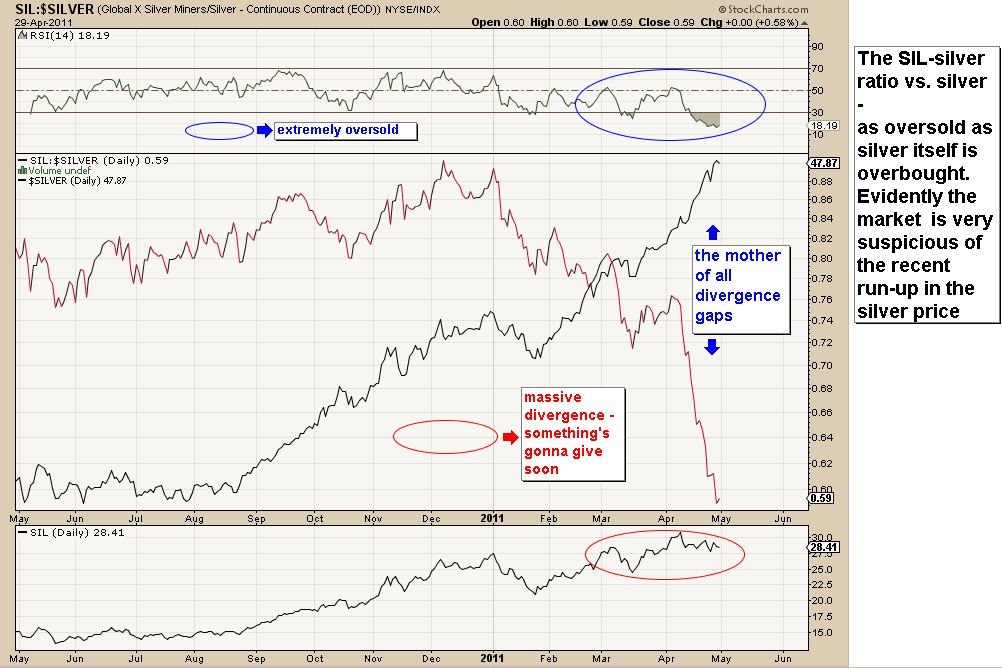Man V The ETF Monster
Post on: 29 Май, 2015 No Comment

Since the May 6 Flash Crash there has been growing concern that exchange-traded funds are a monster in the making—certainly something bigger than they were meant to be.
Or as Harold Bradley puts it, “What I worry about is the tail wagging the dog.”
Bradley, chief investment officer of the Kauffman Foundation’s $1.8 billion investment portfolio, is hardly alone.
By some estimates, as much as 68 percent of the bad trades during the Flash Crash involved ETFs.
And on a daily basis, there is concern the end-of-the-day rebalancing effect of some ETFs is a key factor in wild swings during the market’s final hour of trading.
While it’s impossible to fully quantify any true impact of ETFs, worries extend to their role in the changing nature of how people invest and to the market’s high correlation to itself.
Consider that:
- In the last four years, according to Morningstar, the number of US ETFs has more than doubled to almost 1,100 with more than $1 trillion in assets.
- During the same period, research by Birinyi Associates shows the correlation of stocks in the S&P 500 (on a rolling 50-day basis) has ballooned to 0.81 percent—roughly doubling. In other words, the average S&P 500 stock does the exact same thing as the market about 81 percent of the time, says Cleve Rueckert of Birinyi. Rueckert doesn’t believe it’s a coincidence. I think ETFs play a very big role, Rueckert says.
- While ETFs account for less than 10 percent of all mutual fund assets, they generate more than 30 percent of trading on the New York Stock Exchange. Much of that, say critics, can be attributed to leveraged ETFs, which rely on various types of swaps and derivatives to juice returns. They’re often used for hedging, arbitrage or other types of trading, and are generally reset at the end of the day, causing a mad rush of what at times appears to be illogical volatility in the market’s final hour.
- For the first time ever, as of the second quarter, Charles Schwab reports that most ETF inflows are from individuals rather than registered investment advisors.
- As Michael Goldstein of Empirical Research Partners cites in one report, ETFs have created a “a change in the job descriptions of brokers and other financial advisors of various sorts. Instead of seeing themselves as experts on stocks or mutual funds, they’re now asset allocators, sometimes on a tactical basis, and given that they’re drawn to vehicles that offer cheap and liquid sources of market exposure.”
ETFs were created in 1993, largely as an alternative trading vehicle for institutions looking for a low-cost, tax-efficient way to trade a basket of stocks.
The granddaddy of ETFs is the S&P 500 ETF known as the SPDR. The SPY, which today has assets of roughly $61 billion, remains the largest of all ETFs.
ETFs have changed the landscape of investing just through the access and transparency and low cost and tax efficiency that they’ve brought to the marketplace,” says Noel Archard, who runs iShares. the biggest operator of ETFs and a division of Blackrock. “It’s been a real shift.
He says institutions now account for around 50 percent of ETF trades, down from 70 percent ten years ago. And among institutions, they’re split about 50-50 between hedge funds and firms trading for their internal proprietary trading desks and pension funds, endowments and other long-term investors.
And based on their popularity across all market sectors, Archard says there’s still quite a bit of “runway” left for their growth.
The trouble is, say critics, is that there are fewer assets to bundle as ETFs, resulting in ETFs of illiquid assets.
“This is not magic,” says Bradley. “You can’t take illiquid, small-cap securities and make them liquid just by creating an ETF. That’s an illusion.”
My biggest concern is that we are ETFs as if they were securities, like they have an underlying company, rather than derivatives of underlying companies. -Chief Investment Officer, Kauffman Foundation, Harold Bradley
Perhaps more troubling, he says, is that as the number of stock ETFs proliferates, the number of stocks isn’t.
“My biggest concern is that we are treating ETFs as if they were securities. like they have an underlying company, rather than derivatives of underlying companies,” says Bradley.
The worst case scenario?
“Right now we have leveraged ETFs,” says Bradley. “We’ve got options on ETFs. We have futures on ETFs. And they all tie back to the same individual securities on the primary changes.
“I think we are at a point where a knock-on effect with a tightly coupled system between ETFs and individual securities are creating a very high correlation—and I think we are in imminent danger to the market that we saw in the flash crash, he adds.














